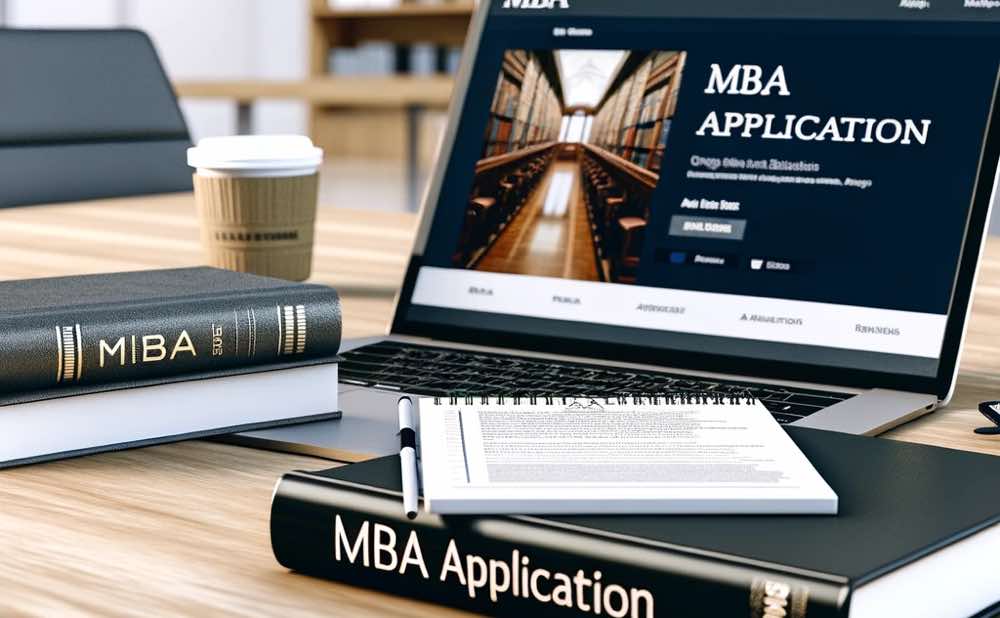In the previous article, I provided a high-level overview of the MBA landscape. Now, I will delve deeper into each component of the MBA application package.
The key application components, along with their estimated importance weights, include:
- Standardized tests (GMAT or GRE) – 20%
- Academic transcripts – 18%
- Resume – 15%
- Letters of recommendation – 8%
- Student background – 4%
- Short answers – 3%
- Essays – 11%
- Interviews – 21%
Source: GMAC 2015 Application Trends Survey
To make things easier to understand, I will group these key application components based on when you should begin developing them.
1. Lay the groundwork early (2-3 years prior to applying)
These application components require early planning to maximize success.
1.1 Standardized tests (GMAT or GRE) – 20%
Strong standardized test scores are imperative, as they constitute the most crucial component of your MBA application. While not the sole factor determining admission, your GMAT or GRE scores offer an objective gauge of academic performance and facilitate schools in comparing candidates from diverse backgrounds, countries, and educational systems.
Elite MBA programs such as the M7 schools boast exceedingly high standardized test averages (~95th percentile). As a result, these schools tend to leverage these scores to attract top-tier students and bolster their rankings and reputation.
1.2 Academic transcripts – 18%
Your undergraduate GPA and the rigour of your coursework are key considerations, although a bit less important than standardized test scores. Admissions committees seek evidence of robust academic performance to assess whether you can withstand the demanding nature of MBA programs. Schools such as MIT Sloan will ask about specific undergraduate courses (e.g., Calculus, Economics, Organizational Behaviour).
Initiating early efforts to ensure a high GPA is advisable, as grades cannot be altered retrospectively. A high GMAT or GRE score can also help direct attention away from a lower undergraduate GPA.
2. Continuously improve (start early but regularly enhance)
These application components require periodic review over time to highlight your accomplishments and the impact you have made in your career, community, and personal life.
2.1 Resume – 15%
Your resume is the first document that the Admissions Committee will look at, and so gives a first impression of your profile, and contextualizes your essays and recommendations.
It is important to regularly revisit and refine your resume to ensure that it is polished and compelling. Given its one-page limit, crafting an impactful resume can be quite challenging given that you need to incorporate your work experience and other accomplishments since your undergraduate education. The Admissions Committee have only a few weeks to review thousands of applications, which means your achievements need to jump off the page.
2.2 Letters of Recommendation – 8%
Schools usually ask for letters from one or two recommenders.
You might hear that the prestige of your recommender’s background isn’t as crucial as their ability to provide insightful recommendations about you. However, in my view, aiming for a CEO, Partner, or other senior manager who can genuinely attest to your professional capabilities and potential is preferable.
As a result, it is wise to start early in identifying these individuals and invest time in cultivating strong relationships. This ensures they will be enthusiastic about supporting your application when the time comes.
3. Focus intensely just during application process (a few months before the application is due)
The nature of these application components will vary significantly depending on the schools you are interested in. Therefore, it’s crucial to dedicate the majority of your time during the application timeline to drafting, refining, and polishing these elements.
3.1 Student background – 4%
Schools will have different questions about a candidate’s background, such as their upbringing, or family dynamics. Highlighting unique aspects of your background might capture the interest of the Admissions Committee even though they are unlikely to greatly affect the outcome of your application.
3.2 Short answers – 3%
Schools typically provide small text boxes within the application form that include questions such as “Describe your employer and job” or “Detail your involvement in this extracurricular activity”. These short answer questions offer an opportunity to provide more depth than the information included in your resume.
Some sources have noted that schools such as Harvard Business School place significant weight on the short answer questions, given the main application is centred around one essay.
3.3 Essays – 11%
Essays provide a platform to reveal your personality, motivations, and aspirations. Crafting captivating essays that resonate with the school’s values and ethos is essential. Each school presents essay prompts that are distinct from one another, emphasizing the need for tailored responses.
Although essay writing should happen during the application process, you should spend a significant amount of time reflecting on experiences and accomplishments to identify relevant and common themes that can help link your past accomplishments with your future goals.
3.4 Interviews – 21%
The MBA interview serves as an additional component of your overall profile. It marks the final stage before a decision is made regarding your application.
By the time of your MBA interview, around 80% of your profile has already been evaluated. The interview serves as a crucial opportunity to further cement the decision of the Admissions Committee. It is also a chance to underscore your alignment with the program and demonstrate your interpersonal skills.
Final thoughts
As someone who has navigated the MBA process, I hope to share more tips and insights in the coming weeks and months. Stay tuned!
Jeff Zhang currently serves as a Consultant at McKinsey, specializing in private equity, transportation, technology, and sustainability sectors. Before this role, he spearheaded the creation of an innovative final-mile logistics product at a startup, later acquired by Shopify. His background includes significant experience in consulting, logistics and successful applications to global MBA programs.
Image: DALL-E 3
Follow us now on LinkedIn.
